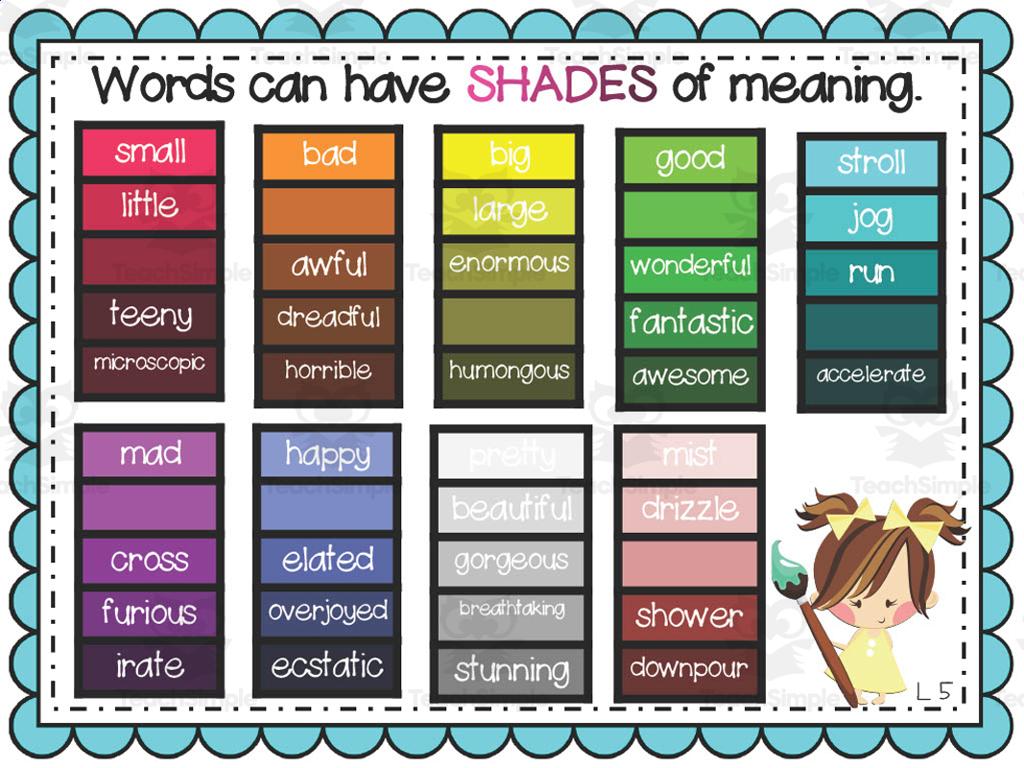Subtract Two Multi-Digit Numbers
Subject: Math
Grade: Fourth grade
Topic: Subtraction
Please LOG IN to download the presentation. Access is available to registered users only.
View More Content
Today’s Adventure: Subtracting Multi-Digit Numbers!
– Learn basic subtraction rules
– Subtract smaller numbers from larger ones
– Discover subtraction in daily life
– Use subtraction when shopping or cooking
– Practice with multi-digit numbers
– Subtract numbers one column at a time
– Master borrowing technique
– Learn how to borrow from the next column
|
This slide introduces students to the concept of subtracting multi-digit numbers, an essential skill in mathematics. Begin by reviewing the basic rules of subtraction, emphasizing that we always subtract the smaller number from the larger one. Highlight the importance of subtraction in everyday life, such as calculating change while shopping or measuring ingredients in cooking. Provide examples and practice problems that involve subtracting numbers column by column, and teach the technique of borrowing from the next column when necessary. Ensure that students understand the concept of borrowing, as it is crucial for solving more complex subtraction problems. Encourage students to work through examples and offer guidance as needed.
Subtraction Review: Mastering the Basics
– Review subtraction facts
– Quick recall of single-digit subtraction
– Understand borrowing concept
– When to borrow from the next column
– Solve simple subtraction problems
– Start with 2-digit minus 1-digit numbers
– Reinforce learning through practice
|
Begin the class with a quick review of subtraction facts to refresh students’ memory. Emphasize the importance of understanding the concept of borrowing, also known as regrouping, which is crucial when subtracting multi-digit numbers. Provide examples of simple subtraction problems, starting with 2-digit numbers minus 1-digit numbers, to ensure students are comfortable with the process before moving on to more complex problems. Encourage students to practice these skills with a variety of problems to reinforce their learning. The goal is to build a strong foundation in basic subtraction that will support their ability to tackle multi-digit subtraction.
Subtracting Two-Digit Numbers
– Setting up a subtraction problem
– Write the larger number above the smaller number, aligning the digits by place value.
– Understanding borrowing
– If a column can’t be subtracted, borrow from the next column to the left.
– Work through: 74 – 28
– Subtract 8 from 14 (after borrowing), and 2 from 6 in tens place.
|
This slide introduces students to the concept of subtracting two-digit numbers with borrowing. Start by explaining the proper setup of a subtraction problem, ensuring that the numbers are aligned by place value. Then, discuss the process of borrowing, where if the top digit is smaller than the bottom digit in a column, we ‘borrow’ from the next column to the left. Use the example 74 – 28 to illustrate this: we cannot take 8 from 4, so we borrow from the 7, which becomes 6, and the 4 becomes 14. After borrowing, we can subtract 8 from 14, and then 2 from 6. Encourage students to practice with additional examples and ensure they understand each step before moving on.
Subtracting Three-Digit Numbers
– Set up numbers vertically
– Write the larger number on top
– Borrow from neighbors
– If a column can’t be subtracted, borrow from the next column
– Example: 506 – 158
– Subtract 158 from 506 step by step
– Practice with different numbers
|
When teaching subtraction of three-digit numbers, start by showing students how to write the numbers in a column format, aligning the hundreds, tens, and ones. Explain the concept of borrowing, where if the top number in a column is smaller than the bottom number, they need to ‘borrow’ from the next column to the left. Use the example 506 – 158 to illustrate borrowing across multiple columns. After explaining, provide additional problems for students to practice, ensuring they understand the process and can apply it to different numbers. Encourage them to check their work by adding the difference to the smaller number to see if it equals the larger number.
Practice Time: Subtraction Together
– Let’s solve subtraction problems
– Work on problems as a class activity
– We’ll tackle a few problems as a group
– Explain your problem-solving steps
– Share how you subtracted the numbers
– Help each other understand
– If you’re stuck, we’ll figure it out together
|
This slide is designed to engage students in a collaborative class activity where they will practice subtracting multi-digit numbers. Start by presenting a subtraction problem on the board and invite students to solve it step by step. Encourage them to work together and discuss their methods. As they explain their process, it will reinforce their understanding and help identify any misconceptions. Offer guidance and support throughout the activity. Possible activities include: solving problems on the board, peer teaching, using manipulatives for visual aid, and creating a subtraction story problem. The goal is to build confidence and proficiency in subtraction.
Subtraction Word Problems
– Apply subtraction in real life
– Use subtraction to solve everyday problems.
– Combine reading and math skills
– Understand the story, then find and solve the math.
– Example: 123 apples – 57 apples
– Start with 123 apples, give away 57, calculate the remainder.
– Solve: How many apples left?
– Practice with the example to find the answer.
|
This slide aims to teach students how to apply subtraction to solve real-world problems, enhancing both their reading comprehension and mathematical skills. By presenting a relatable scenario involving apples, students can visualize the problem and understand the practical application of subtraction. Encourage students to read the problem carefully, identify the numbers involved, and then perform the subtraction operation. The example provided should be worked through as a class, with the teacher guiding the students through the steps of solving the problem. Additional similar problems should be prepared for practice, ensuring students are comfortable with the concept.
Class Activity: Subtraction Relay
– Split class into teams
– Each team solves a problem
– Teams work on multi-digit subtraction
– First team to finish wins
– Verify each answer before moving on
– Celebrate all participants
|
This activity is designed to encourage teamwork and practice in subtracting multi-digit numbers. Divide the class into small groups, ensuring a mix of abilities in each team. Provide each team with a set of subtraction problems that they must solve together. The first team to correctly complete all their problems wins the relay. It’s important to check each team’s work before they are declared finished to ensure accuracy. After the activity, celebrate the efforts of all students to promote a positive learning environment. Possible variations of the activity could include a ‘relay race’ where students take turns solving problems, or ‘subtraction stations’ where teams rotate to different problems set up around the room.
Conclusion and Homework: Mastering Subtraction
– Excellent work learning subtraction!
– Remember, practice makes perfect
– Homework: Subtraction worksheet
– Complete the provided worksheet to practice
– Bring any questions to next class
– We’ll review any difficulties together
|
This slide wraps up the lesson on subtracting multi-digit numbers and emphasizes the importance of practice to master the skill. The homework assignment is a worksheet that provides additional practice to reinforce today’s lesson. Remind students to attempt all problems and assure them that we will address any questions or challenges they encounter in the next class. Encourage them to try their best and remind them that making mistakes is a part of learning. The goal is for students to become comfortable with the subtraction process and to build their confidence in solving math problems independently.





